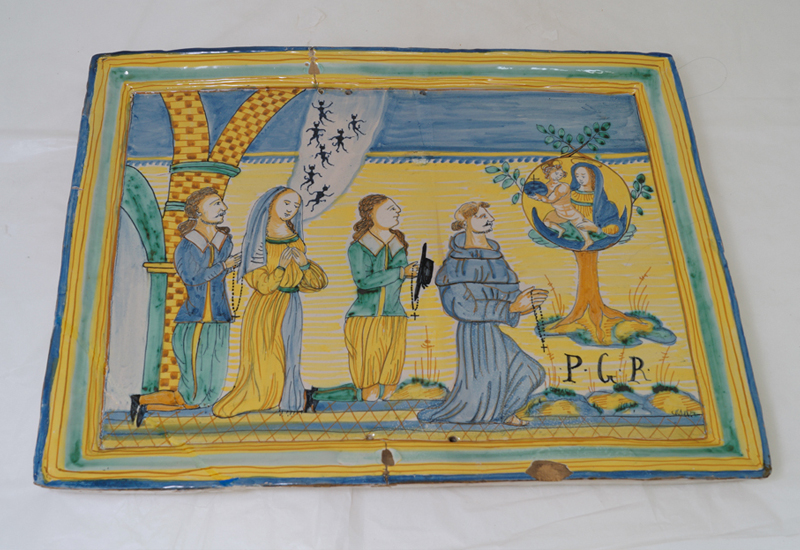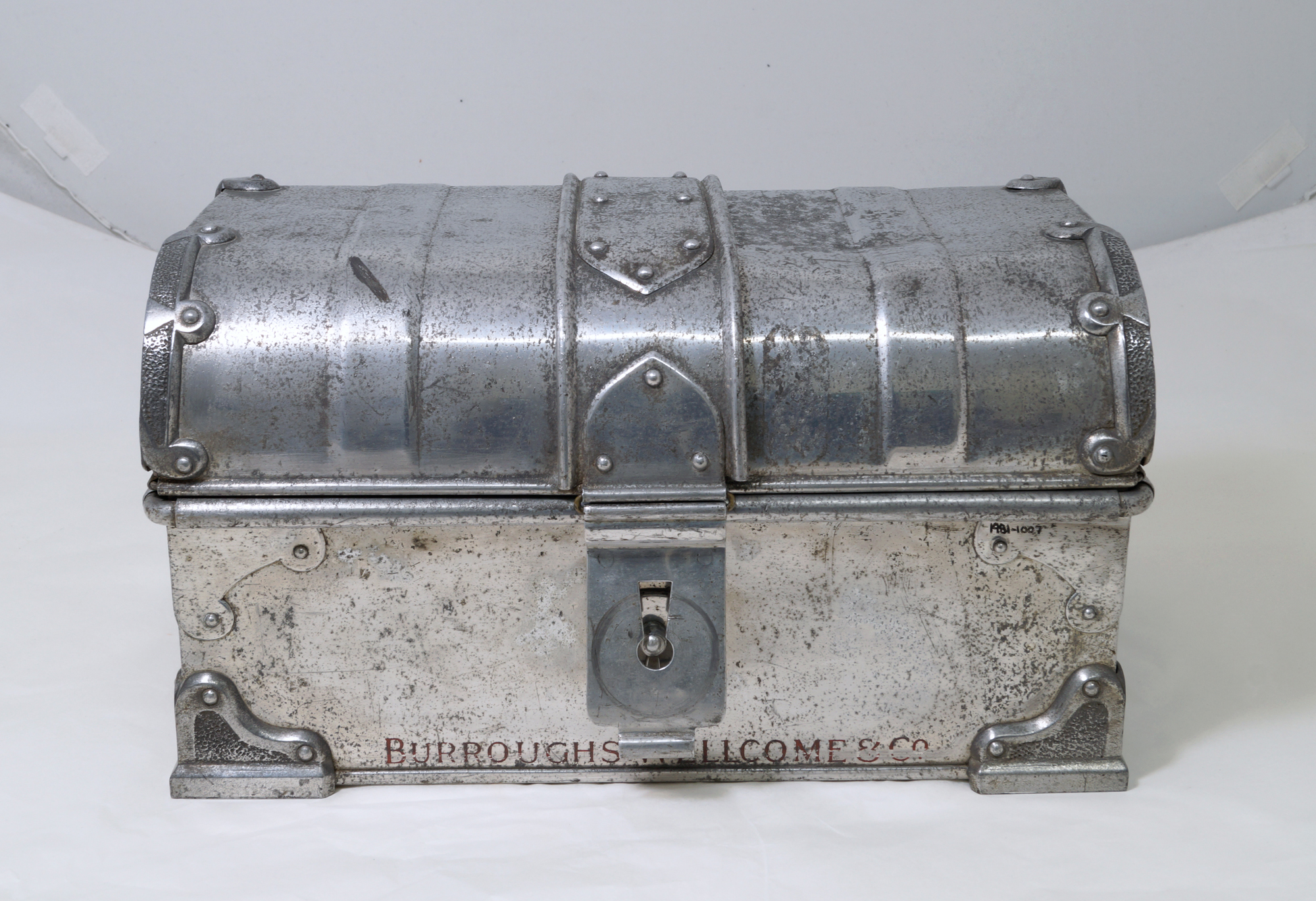As conservators, our role in the Medicine project is to prepare the objects for display. We carry out condition assessments and conservation treatments as well as advise on suitable gallery environments, showcases and object mounts. We’ll soon begin installing the objects into the new Medicine Galleries.

Since joining the Medicine team in September 2017, we have already worked on hundreds of objects. These have ranged in materials from plastic spectacles, ceramic and glass medical jars to ivory dentures and horn pipes. The age of objects spans widely, from Roman lancets to modern day e-cigarette machines. Some objects have travelled to Antarctica on expeditions, some are worn during traditional medical rituals in Sri Lanka, and some are part of contemporary medicine. The variety of objects really is incredible!
Most of our time is spent condition assessing, which is done to ensure that every object going on display is in a stable state. This process involves inspecting each object, evaluating its physical and chemical stability, and intervening when necessary.

What we look for ranges from surface dirt and accretions to deteriorating materials (such as corroding metal or powdery leather), unstable surfaces (such as flaking paint or cracked glass), detached fragments and old repairs. What we uncover determines the type of treatment we complete.
We use specialised techniques and reversible materials to complete treatments. This ensures everyone can discern our treatment from the original object and allows for the safe removal of the materials we have introduced. The following are a few examples…
Surface cleaning

Half-way through surface cleaning a stone mortar. European 1800-1950.
Corrosion removal
Before and after of Medicine chest used by Captain Scott, made by Burroughs Wellcome & Co, supplied to the British Antarctic Expedition 1910
Stabilisation of cracks
Before and after of a portable pocket face mask in blue plastic container c.2000
Cracks are stabilised to prevent the damage from worsening, as well as to ensure the object is safe for handling, packing and transport.
Re-attaching loose fragments
Before and after of a model alligator made of resin and wood. England 1801-1900.
Detached fragments are re-attached to the object in their original locations. If there are gaps along the join edges, we fill these to support the fragments in situ.
Old repairs
Before and after conservation of a Pharmacy vase 16th – 17th century.
Occasionally we improve the appearance of old repairs that have aged poorly. Our main concern is that old repairs remain stable and don’t further deteriorate, but sometimes visual changes such as severe yellowing become a distraction.
And finally…

Surface cleaning, re-adhering fragments, filling and painting this votive plaque tin glazed earthenware. Italian 1650-1750.
The treatments frequently involve a combination of the above steps. We select techniques that allow us to maintain and interpret the historical, spiritual and aesthetical values.










